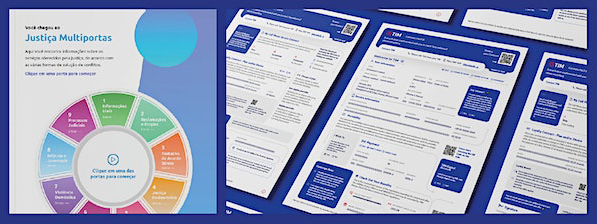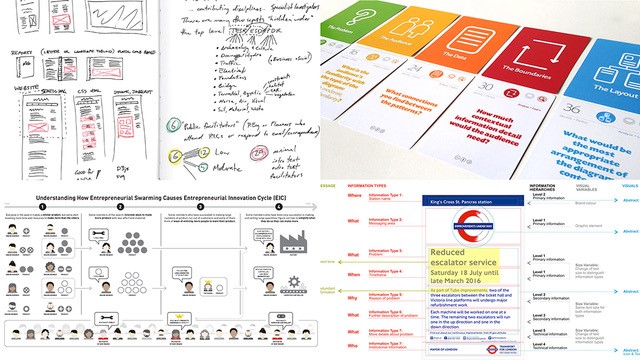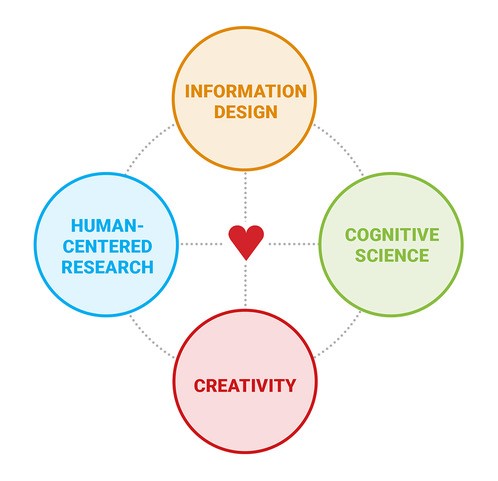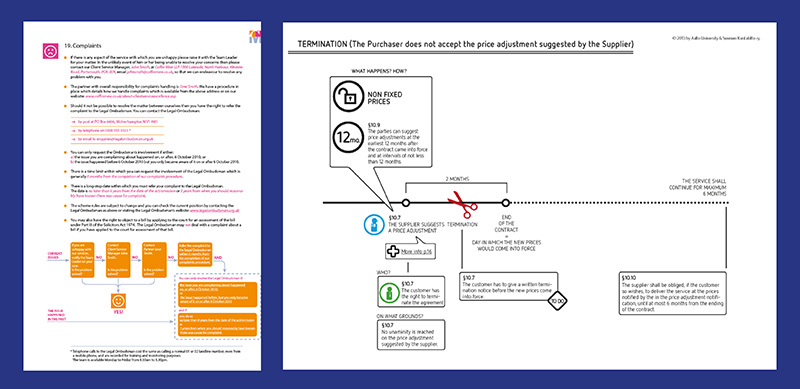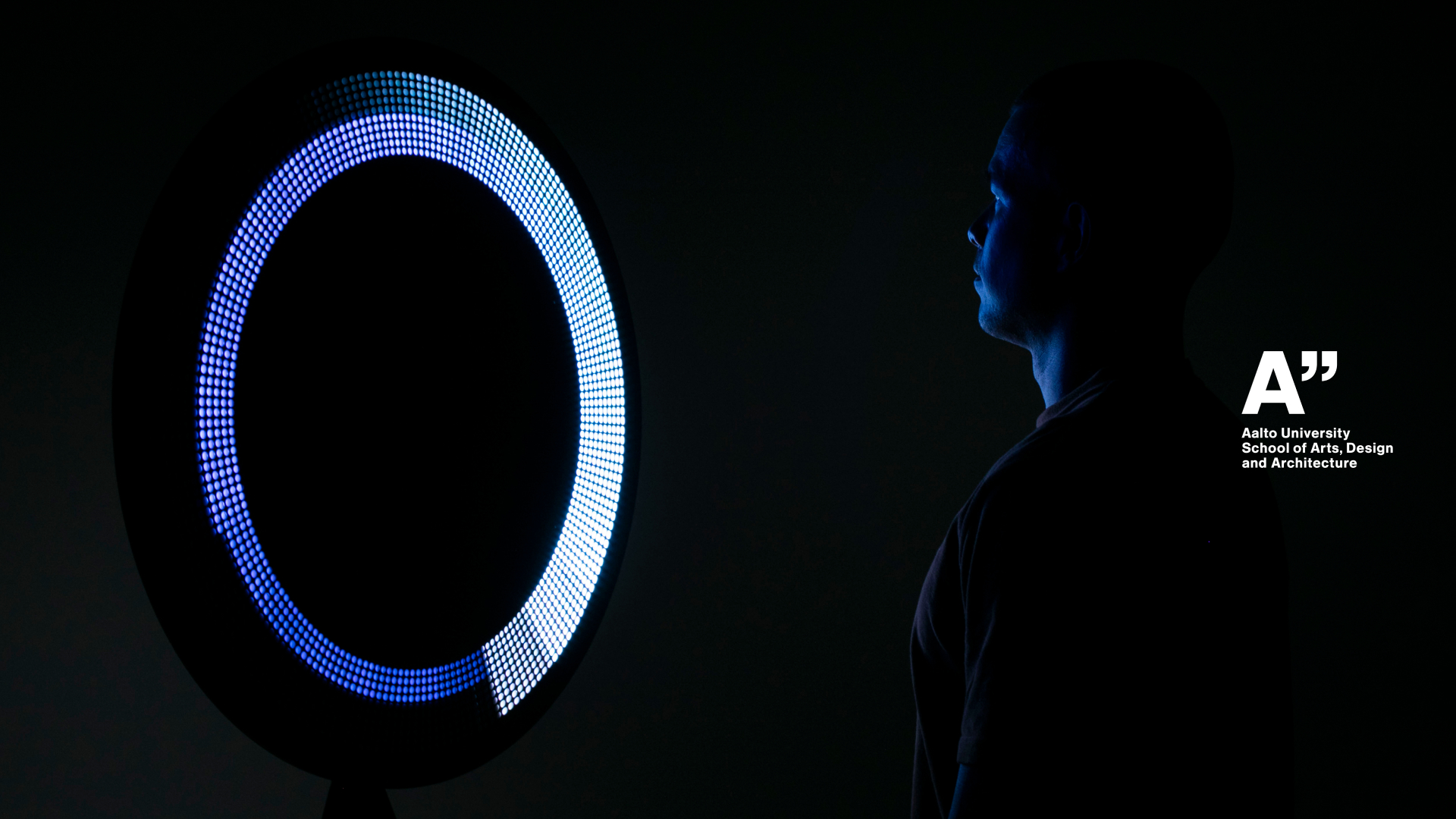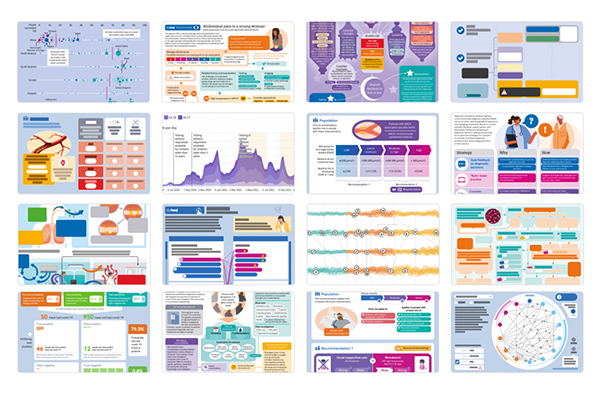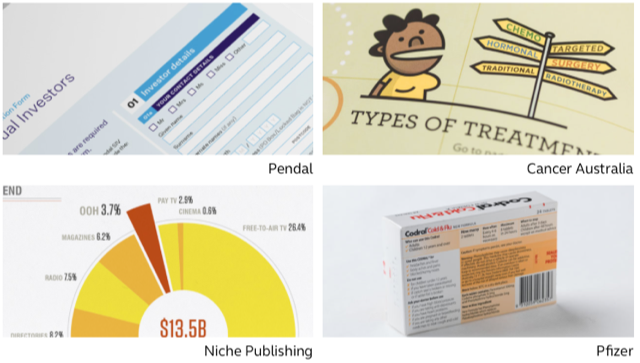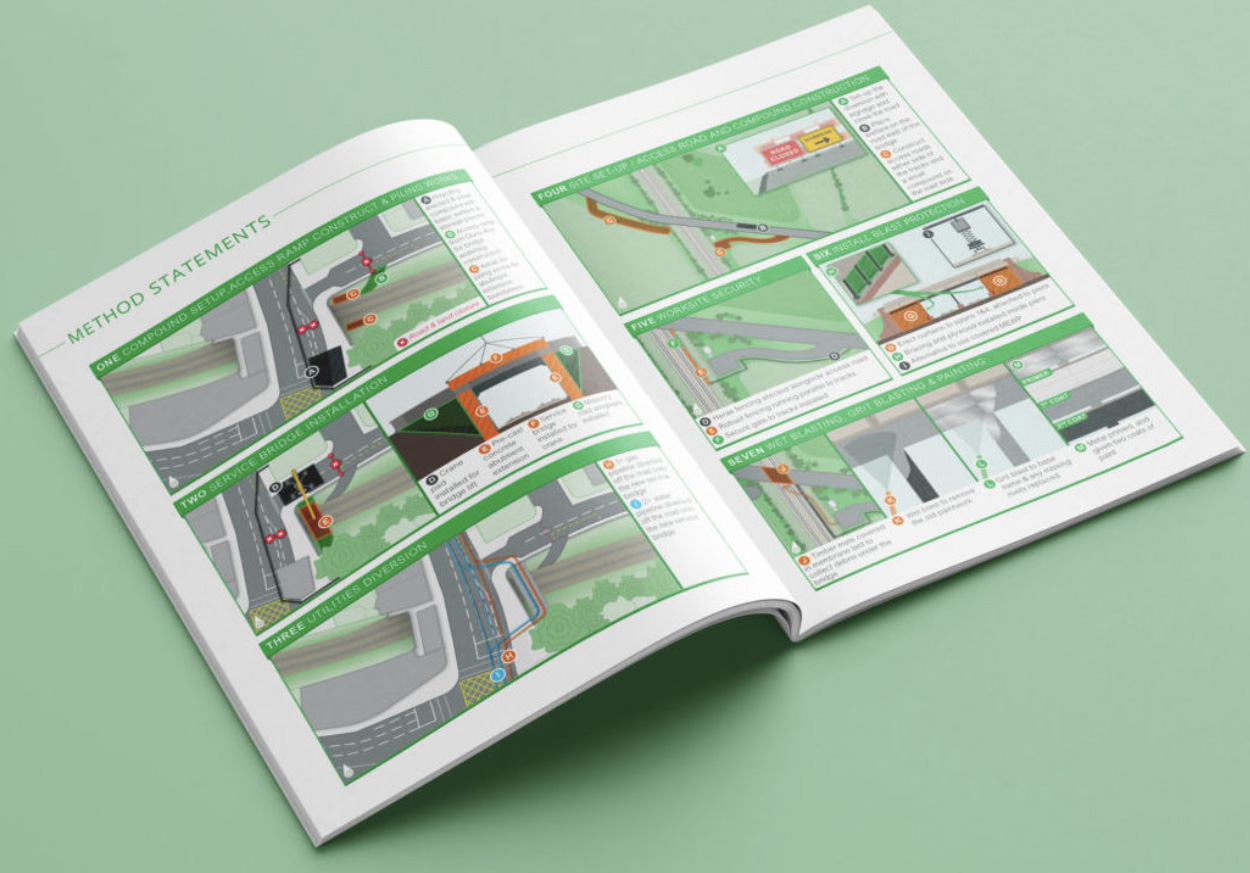Health communications about addiction
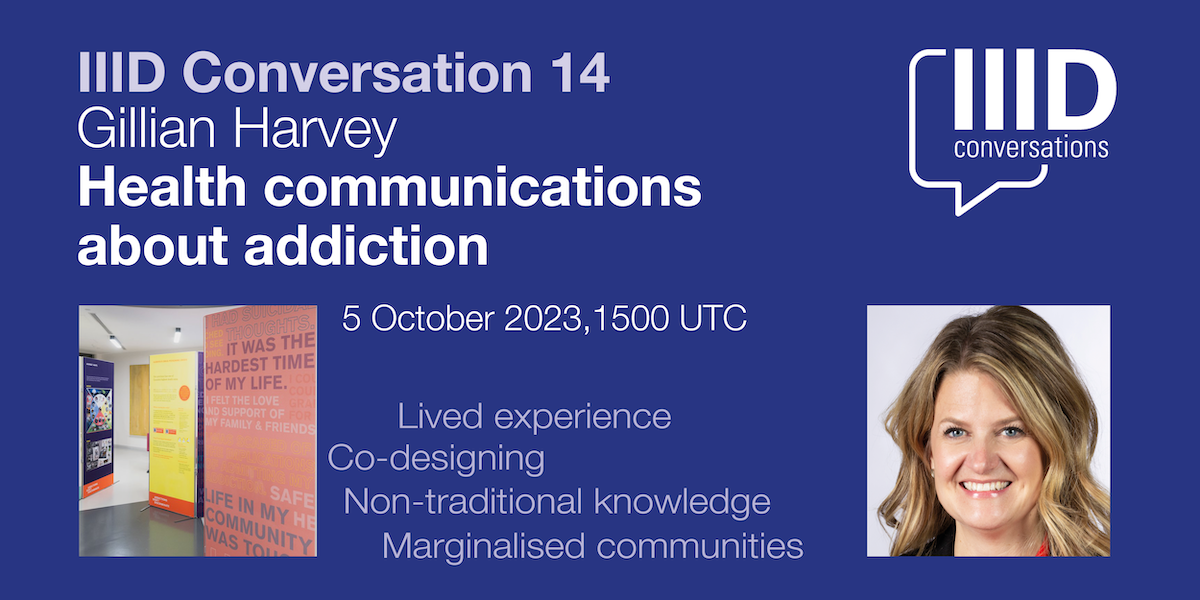
Gillian says “it’s important to engage communities in health system change, particularly for marginalized and equity seeking groups. I will also discuss what types of methods work well, but also what could be improved upon in using co-design”.
Gillian Harvey will discuss two projects designed to increase empathy and reduce stigma toward people who experience addiction. She used co-design methods to learn from lived experience and non-traditional knowledge forms; and she used community-based decision-making aimed at shared ownership of the solutions.
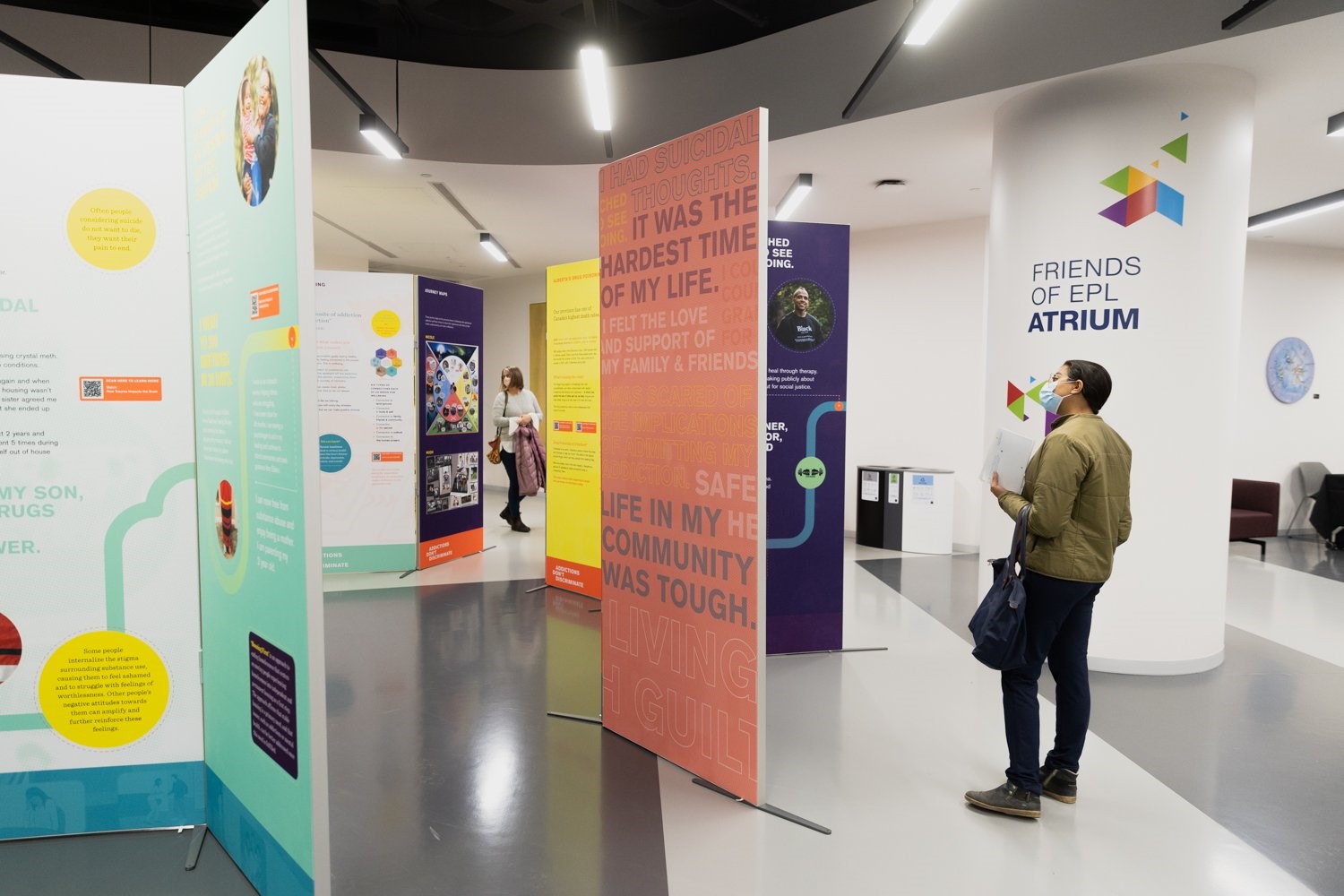

Introducing Gillian Harvey
Gillian is an Associate Professor in Design Studies, Department of Art & Design at the University of Alberta (Canada), where she teaches undergraduate students design theory, practice and research. She is Co-Director of the Design Health Research Innovation Lab (DHRIL) and a World Region Representation of the International Institute of Information Design (IIID).
Her research prioritizes information design, design for decision making and design in critical or emergency situations including technical administration of emergency overdose kits, patient safety education materials and pediatric resuscitation. She has worked with government, industry and the private sector developing materials that include projects that address systems concerns, and enhance broader healthcare processes.






